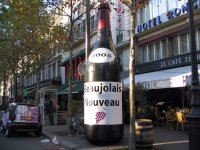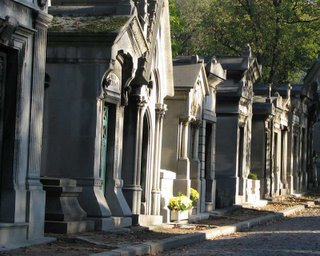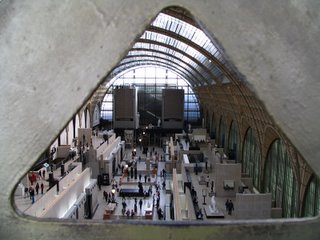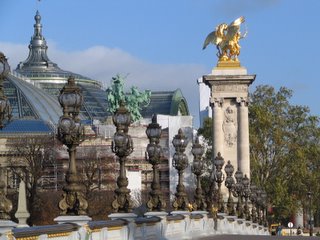Forget the turkey – check out this cheese plate!
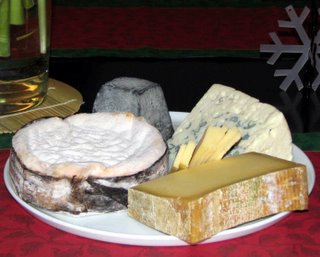 Let's agree that the point of Thanksgiving is to assemble a array of the best foodstuffs the local terroir can produce, thereby inducing your guests to over-consume to a point slightly beyond discomfort but stopping just short of actual pain. For most of us, the most keenly experienced moment of gratitude during the thanksgiving celebration is the heartfelt thanks you give at the end of the evening for having had the courage to pass up thirds on pumpkin pie.
Let's agree that the point of Thanksgiving is to assemble a array of the best foodstuffs the local terroir can produce, thereby inducing your guests to over-consume to a point slightly beyond discomfort but stopping just short of actual pain. For most of us, the most keenly experienced moment of gratitude during the thanksgiving celebration is the heartfelt thanks you give at the end of the evening for having had the courage to pass up thirds on pumpkin pie.Here in Paris, the French turkey actually looks recognizably like a bird, unlike its American counterpart - which looks like a the feathered equivalent of Arnold Schwarzenegger in his most excessive body-building days. Ounce for ounce, however, the single most tempting foodstuff for a Thanksgiving feast in Paris is the cheese.
Over 3 days of over-indulgence, we sent away 32 guests with light hearts and heavy guts, thanks to a cheese plate featuring all the major food groups: goat, cow and sheep cheese. All the cheese were bought at our local cheese monger in the rue de l’annonciation, who only sells cheeses produced by small artisan farmers (fermier) from un-pasteurized milk (au lait cru).
The royal line-up included four cheese that by and large can only be consumed within French borders:
• Mont d’Or – the original, “don’t wait too long to eat it or it will just melt into a puddle and slide away.” Compared to Mont D’Or, brie is a diet cheese.
• Beaufort – a hard cow cheese with a fragrant rind that makes you swear you’d just stepped into an alpine barn to milk the cows. Just like Gruyere only much, much better.
• Valencay – a beautiful pyramid of goat cheese that when perfectly ripe (bien fait) has a firm interior and molten exterior – kind of like a molten chocolate cake only the soft part is on the outside and it’s a cheese – got the picture?
• Roquefort – the version produced on artesianal farms with un-pasteurized milk just simply can’t be compared to the dry crumbly stuff you get clumped onto your pear and endive salad back in San Francisco.
As to decorations, one of the great luxuries of having 99.9% of your earthly possessions located some 5580 miles (8981 km) away, is that come Thanksgiving time, you don’t have to do a wild last minute search to locate Grandma Thorson’s gravy boat or Aunt Pearl’s serving spoon. All you have to do is trot down to the local party store and load up on festive (but not particularly Thanksgiving-themed) table ornaments.

